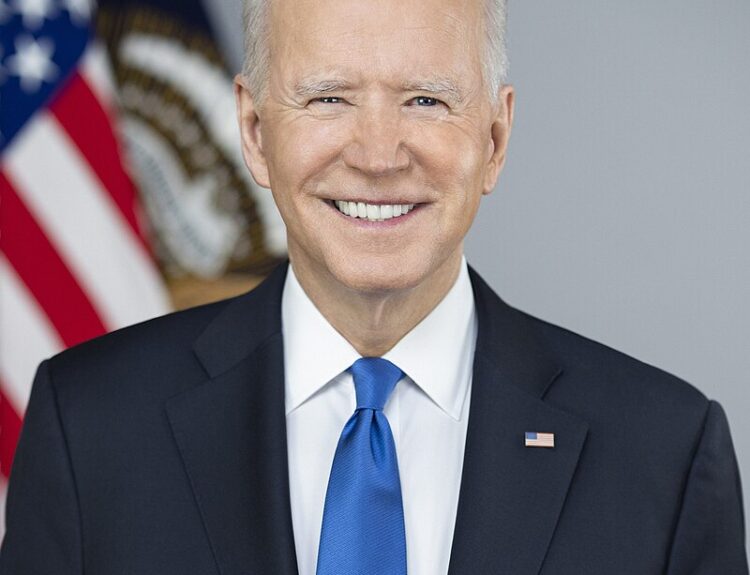Could a direct strike from Iran ignite a larger Middle Eastern conflict?
- President Biden warns of escalating tensions between Iran and Israel.
- Iran is considering a direct retaliation against Israel, risking a broader conflict.
- The U.S. has communicated to Iran that a significant attack could threaten its government and economy.
- Cease-fire talks are ongoing, but both sides show reluctance to reach an agreement.
- Iran’s leadership is debating its response options, all of which carry significant risks.
Tensions are rising as President Biden indicates that reaching a cease-fire agreement is becoming increasingly difficult. With the possibility of an Iranian attack on Israel looming, both Washington and Tehran are navigating a precarious situation that could lead to significant escalation. The Biden administration is working to prevent strikes that could surpass Iran’s previous missile and drone attacks on Israel, which marked a significant challenge to U.S. efforts to contain Iranian aggression. nnIran, known for using proxies in its conflicts, is contemplating a direct retaliation against Israel, despite the risks of igniting a wider war. A major attack from Iran could provoke a strong Israeli response, undermining U.S. hopes for a cease-fire in Gaza and exposing Iran’s vulnerabilities as a regional power. Recently, the U.S. has warned Iran, both directly and through intermediaries, that a significant retaliatory strike could have dire consequences for its government and economy. nnNeither the U.S. nor Iran intended to find themselves in this situation, yet they are now forced to navigate it cautiously, hoping to avoid full-scale conflict. U.S. officials anticipate an assault on Israel could occur soon, although the specifics remain uncertain. nnThe situation escalated after an Israeli strike killed a Hezbollah commander, leading Iran to vow swift revenge. Iranian President Masoud Pezeshkian has stated that retaliation is Iran’s legal right. Meanwhile, Israeli Prime Minister Benjamin Netanyahu has indicated cooperation with U.S. efforts to de-escalate tensions, while also threatening a harsh response to any Iranian attack. nnDespite ongoing cease-fire talks, Hamas has refused to participate, complicating the situation further. U.S. officials acknowledge that the opportunity for a comprehensive agreement is dwindling, prompting the Biden administration to propose a last-ditch effort to bridge the gaps between Hamas and Israel. Without a cease-fire, experts believe it will be challenging for Iran or Hezbollah to back down. nnIran faces several potential paths, each fraught with danger. Backing down could portray the regime as weak, while a massive attack could invite Israeli counterstrikes. Repeating the missile barrage from April would also risk further escalation. Some analysts suggest Iran may be waiting to see the outcome of cease-fire talks, hoping to claim that its threats were instrumental in achieving regional peace. nnThe Biden administration entered office with the goal of containing Iran through diplomatic means, but the situation has evolved into a more complex challenge. Iran has increasingly engaged in direct confrontations, moving its shadow war with Israel into the open. Recent military actions have demonstrated a shift in Iran’s strategy, as it has opted for direct attacks rather than relying solely on proxies. nnAs the U.S. continues to send military resources to the region, including F-22 Raptors and the USS Abraham Lincoln carrier strike group, the effectiveness of these measures remains uncertain. Experts suggest that Iran is unlikely to change its aggressive posture, interpreting U.S. attempts to prevent war as a sign of weakness. The situation remains tense, with the potential for significant conflict looming on the horizon.·
Factuality Level: 7
Factuality Justification: The article provides a detailed account of the current geopolitical tensions between the U.S., Iran, and Israel, supported by quotes from officials and experts. However, it includes some speculative elements and opinions that could be interpreted as bias, particularly regarding the motivations and potential actions of Iran. While it generally maintains factual reporting, the presence of subjective interpretations and the complexity of the situation may affect its overall objectivity.·
Noise Level: 7
Noise Justification: The article provides a detailed analysis of the current geopolitical tensions between the U.S., Iran, and Israel, discussing the implications of potential military actions and the complexities of diplomatic negotiations. It includes insights from experts and officials, which adds depth and context. However, it could benefit from more actionable insights or solutions, and some sections may feel repetitive or overly focused on immediate events without exploring long-term trends.·
Key People: Joe Biden (President of the United States), Masoud Pezeshkian (President of Iran), Benjamin Netanyahu (Prime Minister of Israel), Karine Jean-Pierre (White House spokeswoman), Dalia Dassa Kaye (Middle East security expert at UCLA’s Burkle Center for International Relations), Alex Vatanka (Iran program director at the Middle East Institute), Dana Stroul (Former Pentagon’s top civilian for the Middle East)
Financial Relevance: Yes
Financial Markets Impacted: The potential escalation of conflict between Iran and Israel could impact global oil markets and investor sentiment, particularly in the Middle East region.
Financial Rating Justification: The article discusses geopolitical tensions that could lead to military conflict, which historically affects financial markets, especially oil prices and investments in companies operating in the region.·
Presence Of Extreme Event: Yes
Nature Of Extreme Event: Armed Conflicts and Wars
Impact Rating Of The Extreme Event: Major
Extreme Rating Justification: The article discusses the potential for a significant Iranian attack on Israel, which could escalate into a broader conflict. The stakes are high, with risks to both governments and potential military casualties, indicating a major impact.·
Move Size: No market move size mentioned.
Sector: All
Direction: Down
Magnitude: Large
Affected Instruments: Stocks
 www.wsj.com
www.wsj.com 




